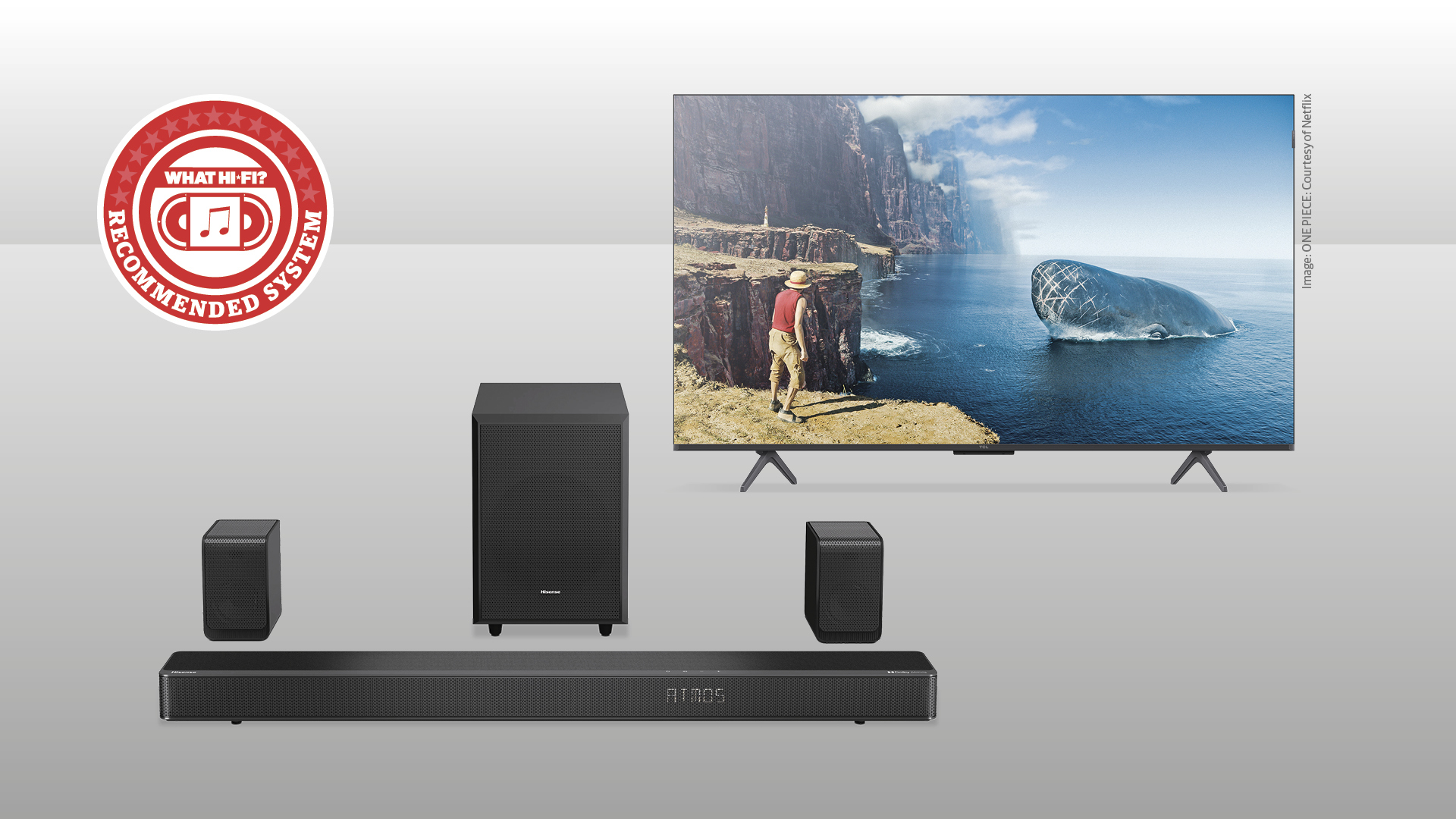6 key features for the perfect travel headphones
Don't jet off before you've done your homework
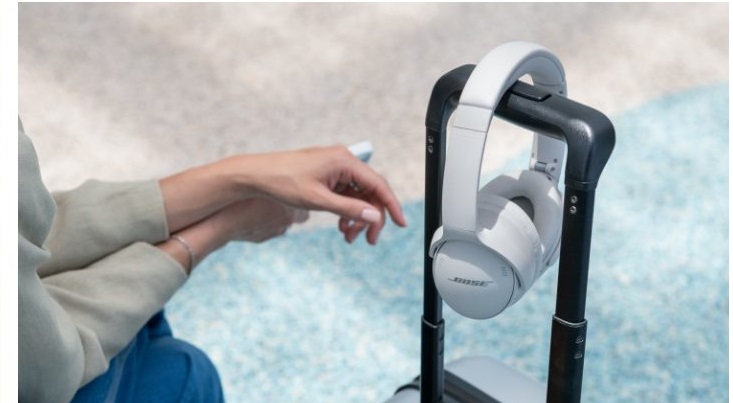
It’s that time of the year again. This summer has seen the arrival of some absolutely scorching temperatures globally, a fact that doesn’t seem to have deterred sun-starved holidaymakers from packing up their suitcases and heading abroad to catch some rays.
Either way, travel can be a tricky and stressful experience, one that requires careful planning, preparation and the patience of a saint to be even remotely tolerable. Crammed flights are often hellish, the trains to the airport are often slow, and you’ll probably spend hours sitting around waiting to even get on a plane because your super-organised partner insisted on being at the airport six hours early.
You’ll be wanting, then, a really good pair of travel headphones that can help you get through all of these scenarios. If you are planning on investing in some headphones before you depart for sunnier climes, you’ll want to make sure you’ve got the best headphones that can deal with the stresses and strains of holiday travel.
Size and portability

Let’s start with some obvious considerations: size and portability. Carting around a huge pair of over-ear headphones simply isn’t feasible for most of us with restricted luggage space, so you’ll want to avoid larger models if you’ve got limited storage or are only permitted hand luggage on your travels.
That doesn’t mean you’re strictly restricted to in-ears, but it does mean that if you do go for a chunkier set of over-ears, make sure they fold away neatly and come equipped with a durable carrying case like the lightweight, comfortable and foldable Sony WH-1000XM4 award-winners.
Sound leakage
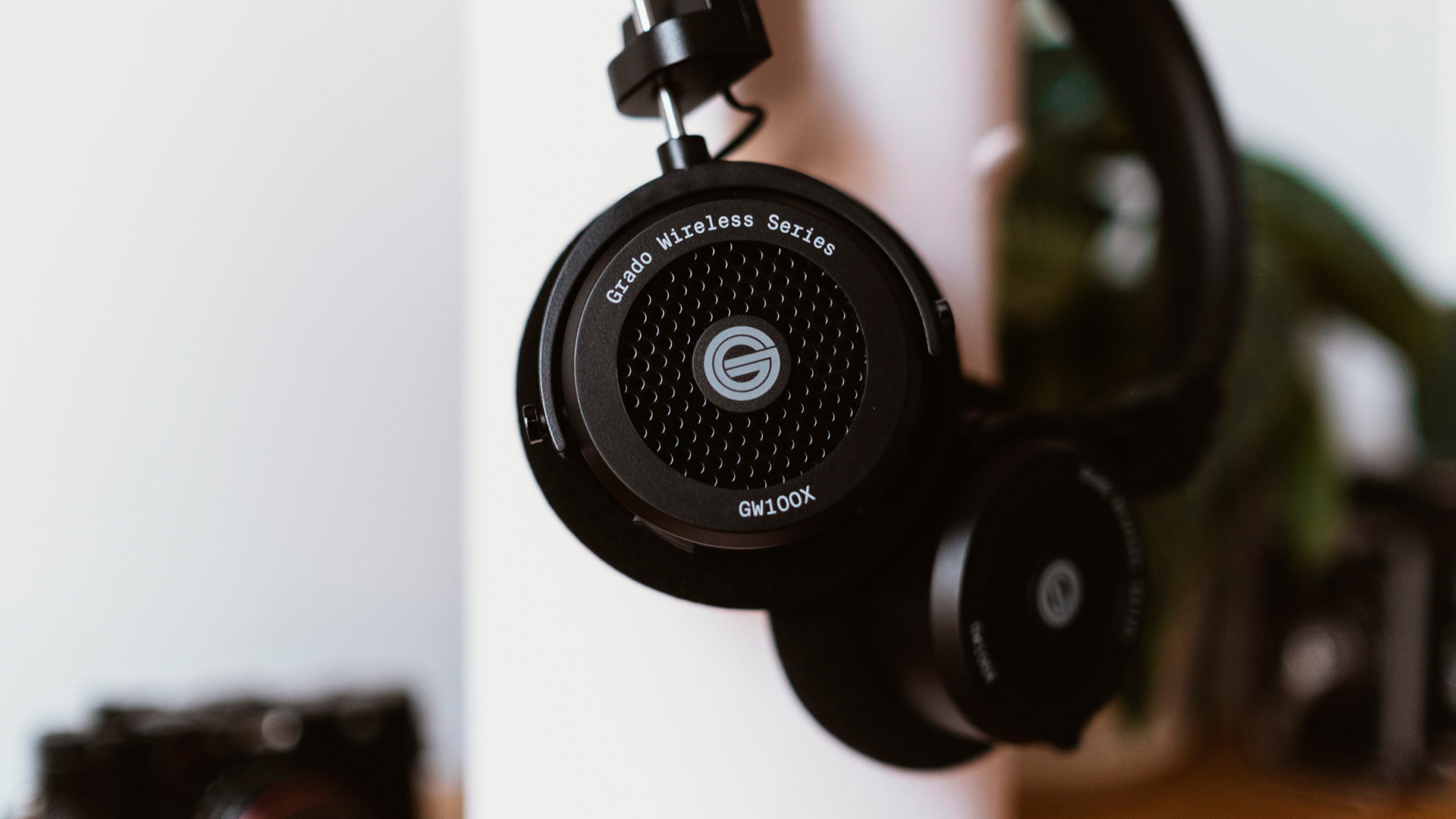
This is a much more important factor than you’d think. Some headphones, (open-backed models we're looking at you), leak noise, firing sound away from the ear as well as into it. This is a trivial matter for headphones you’re happy to use at home, but it’s a nightmare that can render a perfectly excellent pair utterly redundant when taken on a trip abroad.
The embarrassment of having your favourite showtunes blasting around a cramped Ryanair cabin should be enough to deter you from opting for a leaky set of lug-warmers. Do your research, opt for closed-back over-ears, test them if you can, and make sure your new headphones aren’t disturbing your fellow holidaymakers.
The latest hi-fi, home cinema and tech news, reviews, buying advice and deals, direct to your inbox.
Waterproofing and IP Rating
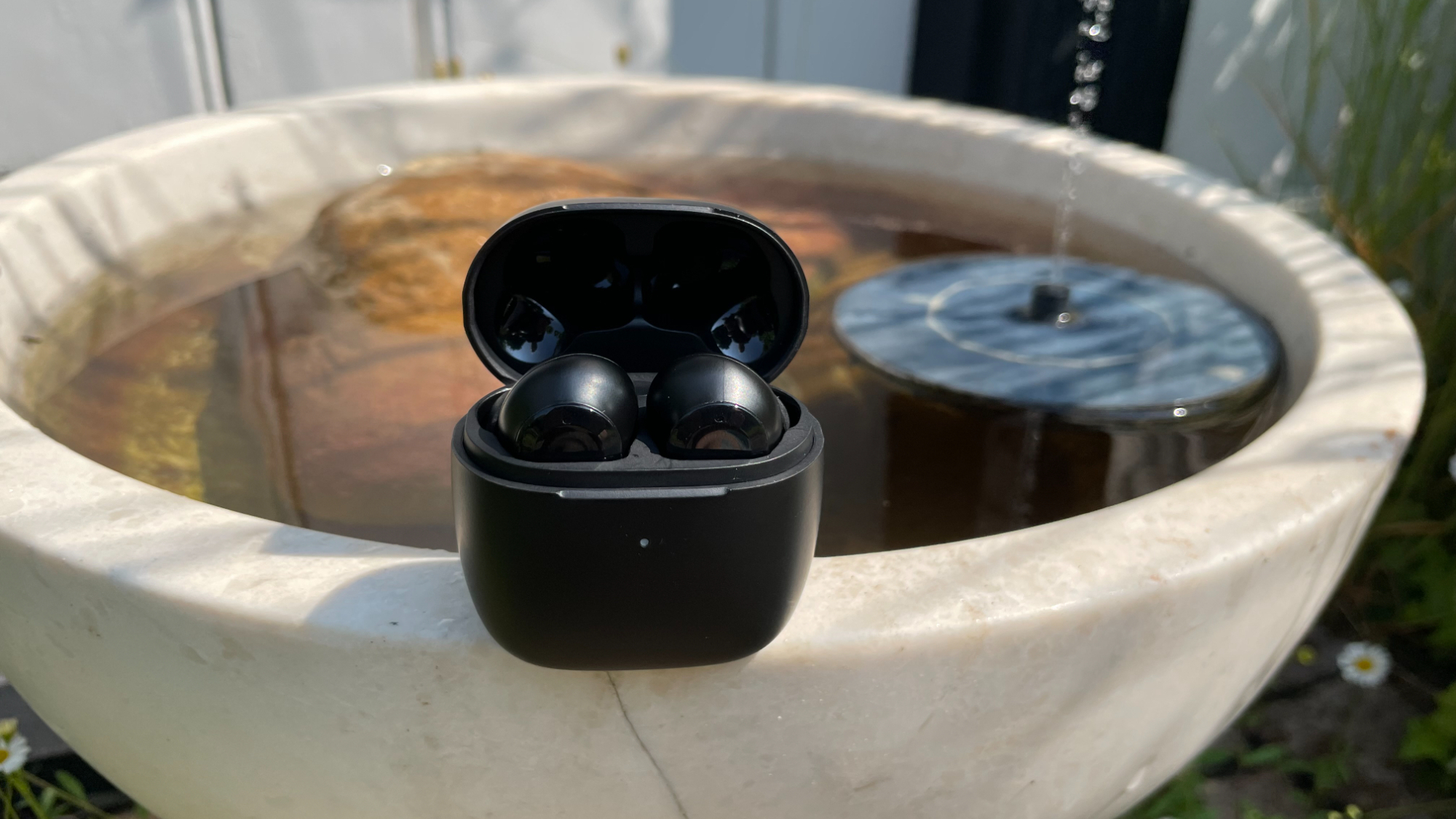
This also applies to anyone planning to take a portable or Bluetooth speaker on holiday. Waterproofing is more important than you’d think, especially given that the weather “abroad” isn’t uniformly sunny or free from the elements. Heading to Scotland? You’ll need protection against drizzle for a kickoff.
If you’re unsure as to what protection your potential new gear will give you, consult our handy IP explainer for all the details, although we’d advise you to err on the side of caution so that you don’t end up with damaged or faulty equipment. Whether you’re leaving your earbuds near the pool’s splash zone or planning on a sweaty jog around Florence, get to know your IP ratings before you commit to a purchase.
Our helpful explainer will give you all you need to know, but if you're looking for a an easy recommendation, try to aim for a minimum of IPX4 to protect against splashing water, with common ratings such as IP67 (which guards against dust ingress and full water immersion for 30 minutes) a good place to be.
Active noise cancelling (ANC)
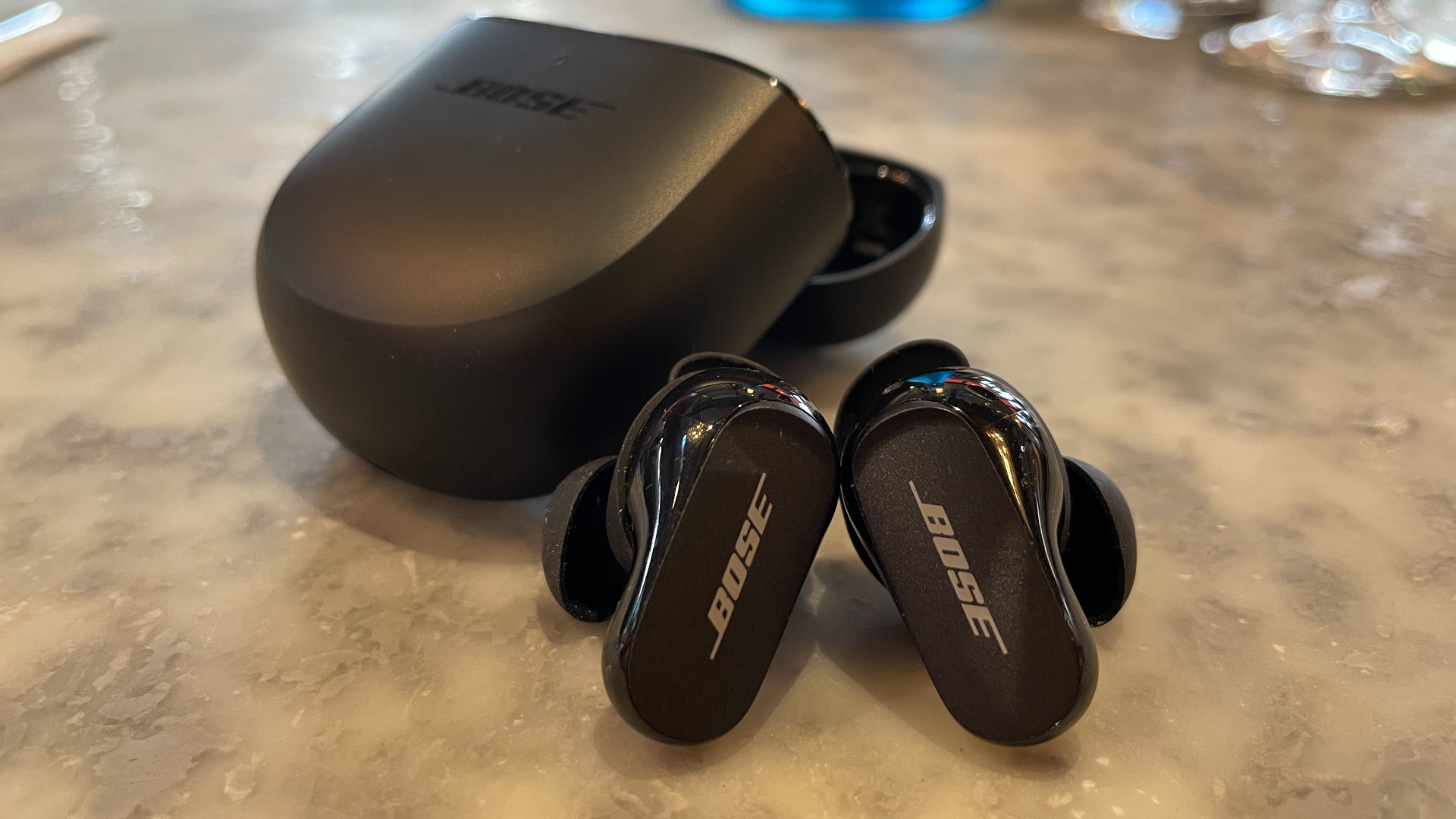
Picture the scene: you’ve just settled into your luxurious, wipe clean-able semi-reclining seat, ready for a five-hour flight. You pull out a new pair of bargain headphones on which you decided to save a bit of money by opting for a model with few features or extras. “I don’t need fancy gimmicks like noise cancelling and transparency mode” you reasoned at the time as you felt smug about saving £50 on your new gadget. Life is good.
Except, of course, it isn’t. Inevitably, a young couple strolls down the aisle, their nine-month-old baby strapped to the mother’s shoulder as Carmina Burana starts playing in their wake, and you realise with a shudder that you’ll spend the next eternity of time listening to the infant screech into your ear at full volume. This is where excellent noise cancelling, such as is found on the award-winning Bose QuietComfort II earbuds or the Sony WH1000XM5 over-ears, is an absolute must. You don't want to spend your flight listening to the Australian man in front of you pestering the flight attendant every five minutes so that he can order another Grey Goose and Capri-sun improvised cocktail combo.
There are other modes that can be helpful besides merely blocking out screaming infants, although they often go by different names. Modes such as Ambient Aware, Environmental or Transparency Mode let in some environmental noise while still blocking out the worst intrusions, meaning you'll still have your wits about you as you navigate a tricky train platform or busy highway.
Customisation, too, can be helpful to look out for, with not all models offering personalised ANC experiences. With more expensive products, though, an on-board app usually allows you to tweak your noise cancelling experience so that just enough sound is let in, or blocked out, to accommodate your tastes and preferences.
Build quality and robustness

There’s a reason why ‘design’ and/or ‘build’ have their own sections in our headphone reviews at What Hi-Fi?. As we’ve reiterated many times, it’s pointless having the most feature-packed, glorious-sounding wearable tech in the business if it simply breaks anytime you breathe near it or expose it to pure oxygen.
That necessity for decent build quality only gets more potent when you head off on your travels. Being stuffed into the bottom of your suitcase, crammed into a backpack, sat on in your back pocket, these things all take their toll, so make sure you’re buying well-rated products from reputable brands. Bose, Sony, Sennheiser and even Apple tend to score pretty highly in this department, so don't just grab a cheap pair of knock-offs online.
Sound quality
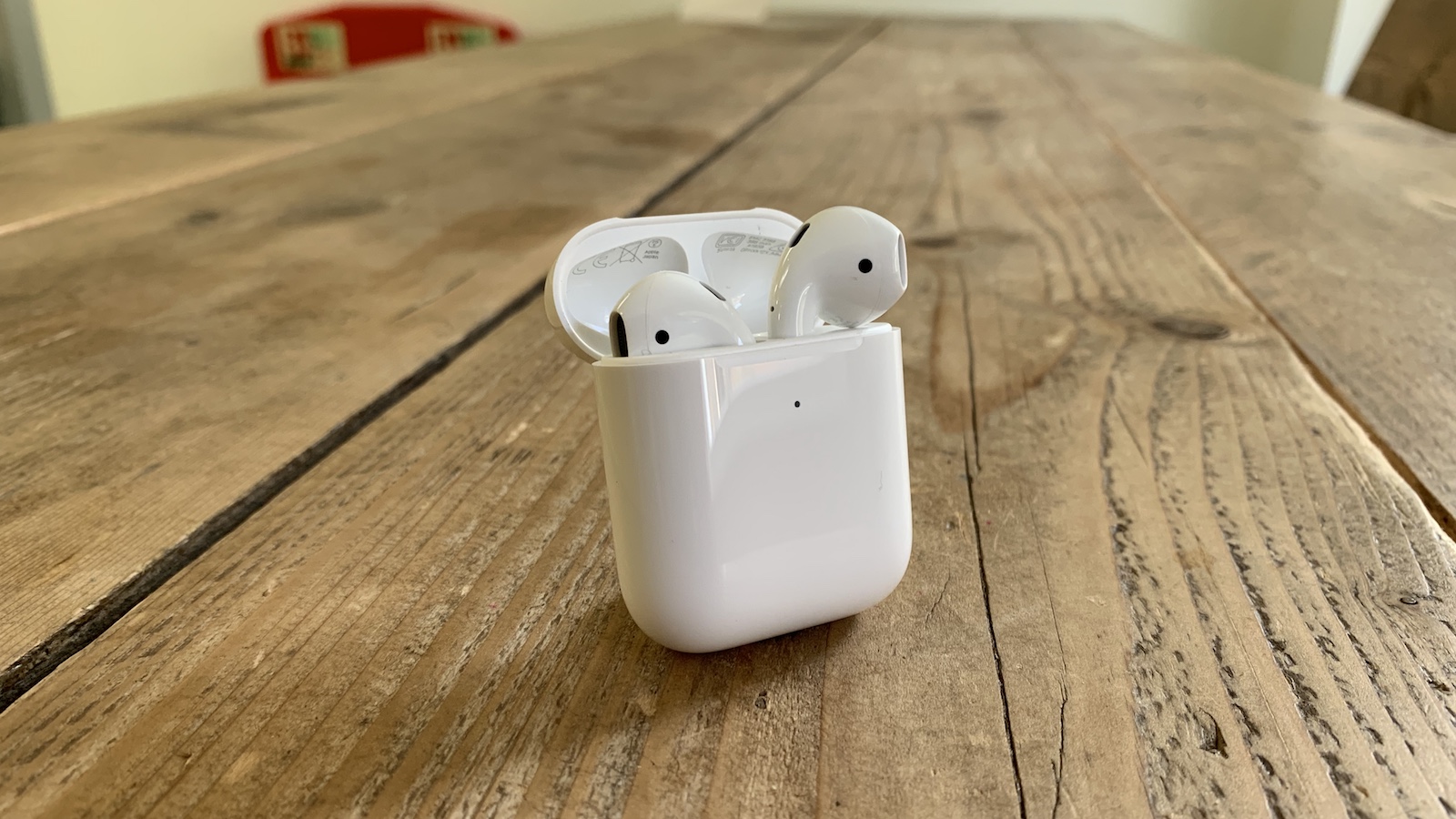
After spending all of your time thinking about the aspects that will make your headphones or earbuds conducive to travel, you might have forgotten the real reason for having them in the first place: sound quality.
That is, after all, the main point of your new tech, so make sure that sound still registers as a high-scoring feature when you’re trawling our best buys or reviews for your perfect pair. In terms of sonic performance, you’d struggle to beat the Sony WH-1000XM5, Bose QuietComfort II or Sony WF-C500 at their respective levels, while Apple fans should definitely consider the AirPods Pro 2nd Gen or maybe the AirPods Max if you're feeling particularly flush. Safe travels!
MORE:
Our list of the best wireless headphones will help you make the right choice
Partying by the pool? Check out the best outdoor speakers
I love Spotify but I’m desperate to see this one great feature added

Harry McKerrell is a senior staff writer at What Hi-Fi?. During his time at the publication, he has written countless news stories alongside features, advice and reviews of products ranging from floorstanding speakers and music streamers to over-ear headphones, wireless earbuds and portable DACs. He has covered launches from hi-fi and consumer tech brands, and major industry events including IFA, High End Munich and, of course, the Bristol Hi-Fi Show. When not at work he can be found playing hockey, practising the piano or trying to pet strangers' dogs.
